
Throughout life, many of us will encounter more than one place to call home, for others this can be only one place in specific. However, what we call ‘home’ may reflect countless of different faces across the world while not every space that contains four walls and a roof falls in this category. Therefore, what exactly is a home and what transforms a space into a meaningful living environment with close ties to our heart? If we explore this question through the perspective of interior design, the concept can be described as a carefully curated and personalized space where aesthetics and functionality come together to foster a deep sense of comfort, belonging, and identity.
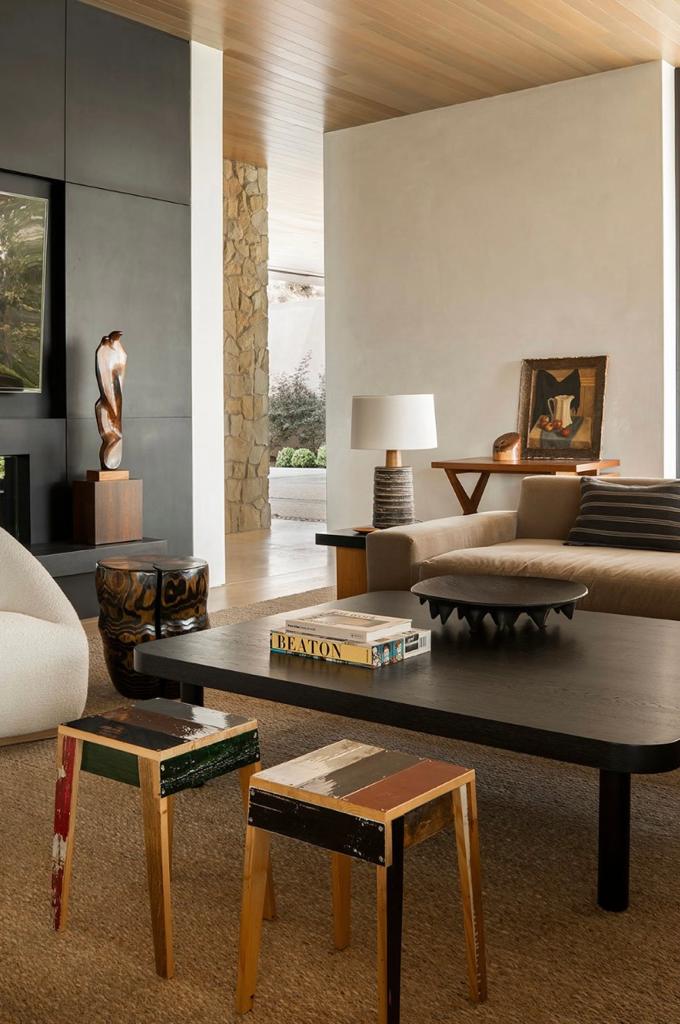
For those who have the privilege and agency to craft their own homes, these will embody a mixture of design elements, color schemes, furnishings, and décor that resonate with the owner’s style, needs, and routines. When encountering the opportunity to create a home through interior design, one can create a space that transcends a mere shelter to become an inviting sanctuary that evokes a sense of warmth, security, and attachment.
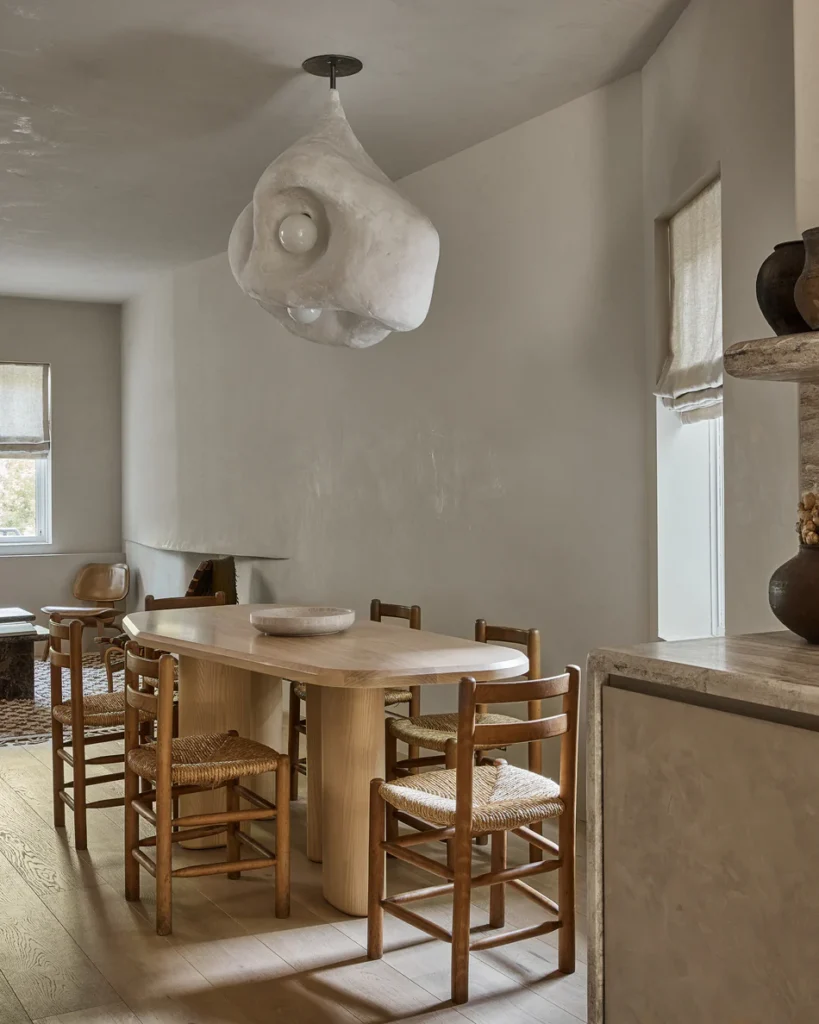
Transforming a space into a home
Let’s move on now to exploring the various steps and fronts that one must tackle to create a hospitable environment that can fit the title of ‘home’. This begins with the strategy of personalizing with décor to add a soulful, expressive layer to a design that emanates individuality and sentimental value. For example, one can select artwork that holds a personal meaning or evokes particular emotions in strategically placed areas to create focal points and narrate a visual story. In this category, we can also bring out heirlooms, mementos, and souvenirs that can be easily integrated into the design scheme such as travel souvenirs like handmade textiles or pottery that adds a personal history to the space.
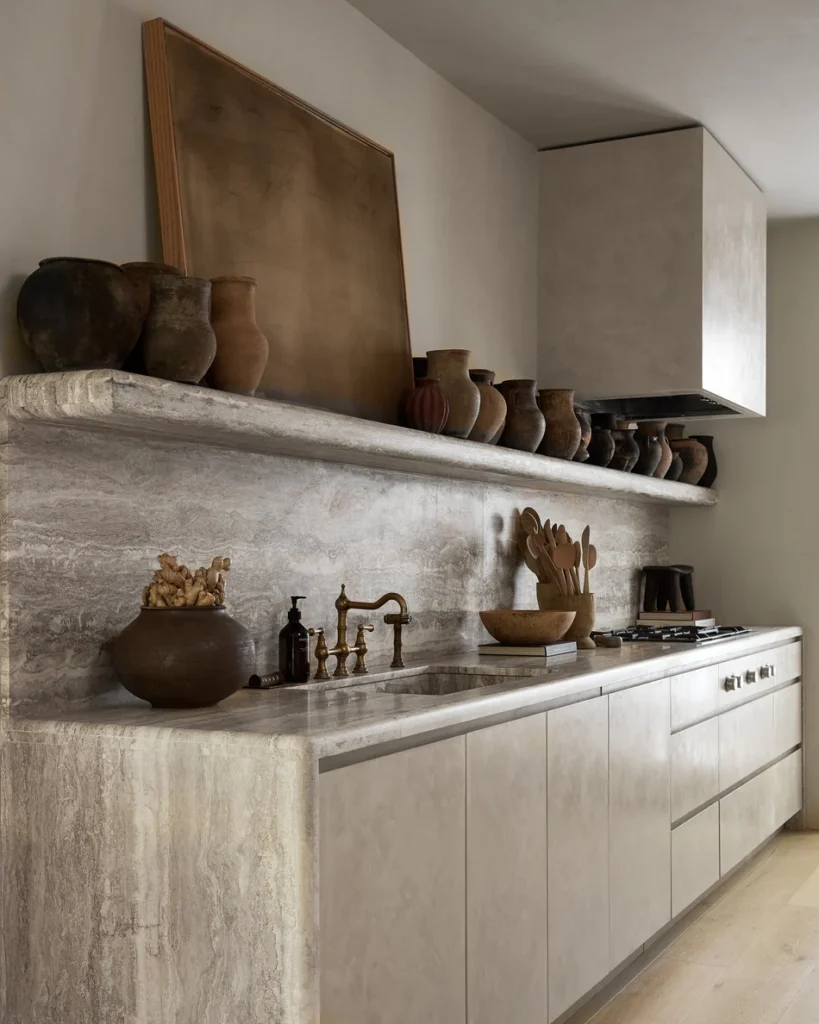
Moreover, customization is also a key aspect to allow the creation of bespoke furnishings or décor items tailored to the owner’s preferences and requirements. Imagine a handcrafted dining table or sofa upholstered in a unique fabric from travels overseas, that makes this a one-of-a-kind piece. In fact, personalized design also merges this with the arrangement of collectibles, books, and cherished belongings on shelves to display one’s passions and interests; in many cases leading to engaging conversation starters.
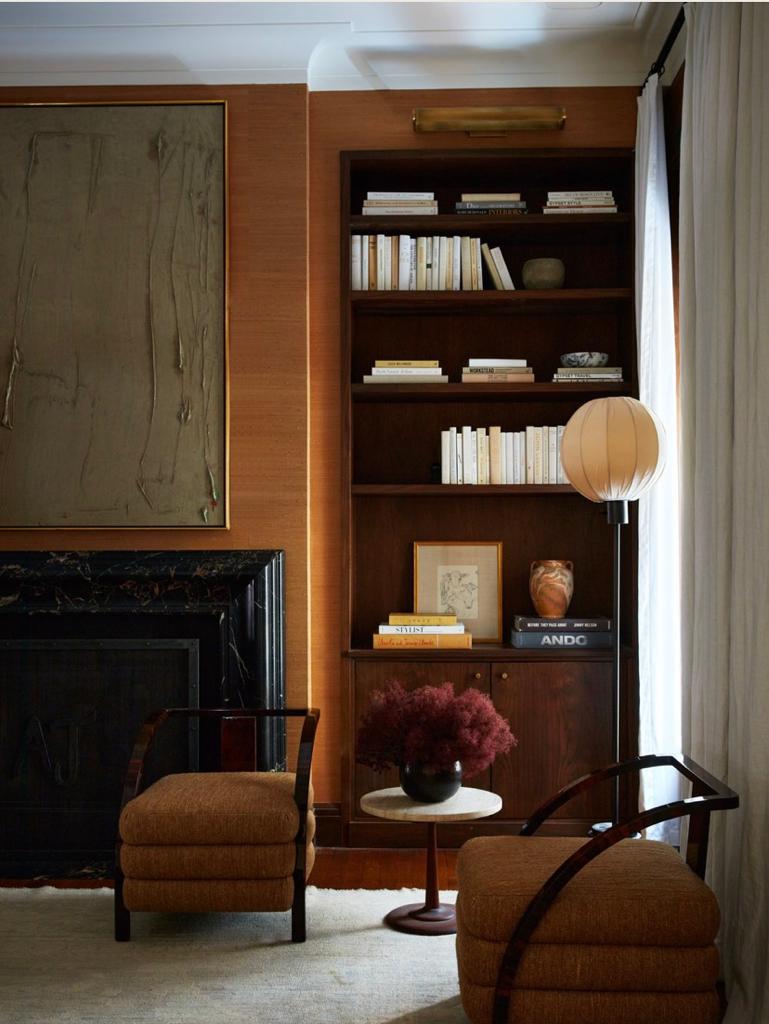
Organizing and decluttering
An organized and clean space not only serves to create a visual appeal, it also fosters mental clarity, relaxation, and establishes a more conductive and motivating living space. Therefore, a starting point is to assess our space and identify the areas that tend to accumulate the most clutter. To avoid this situation, consider implementing storage solutions like shelves, cabinets, and closets to keep items in their respective places.
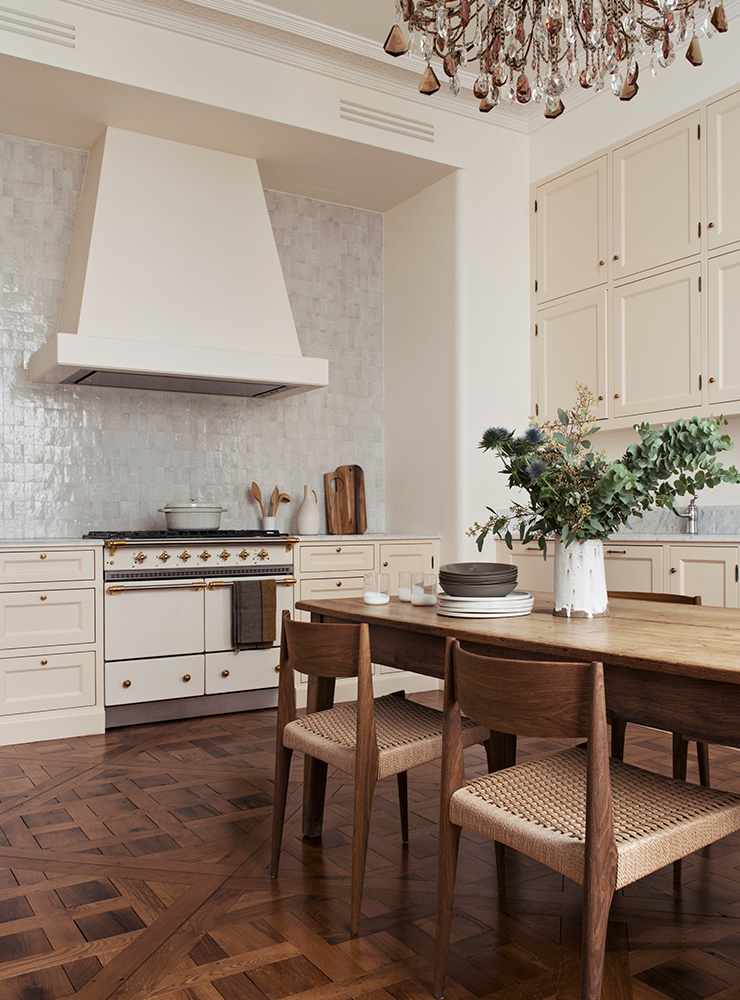
For this reason, while organizing, think about functionality and convenience to arrange furniture and storage in a way that facilitates accessibility. Similarly, by grouping similar items together and making them easy to find we can organize our homes more effectively and make spaces feel more open, calm, and efficient. Homes require a certain level of organization in order for their true essence to emerge, where everything has a purpose and combines to create a harmonious living environment.
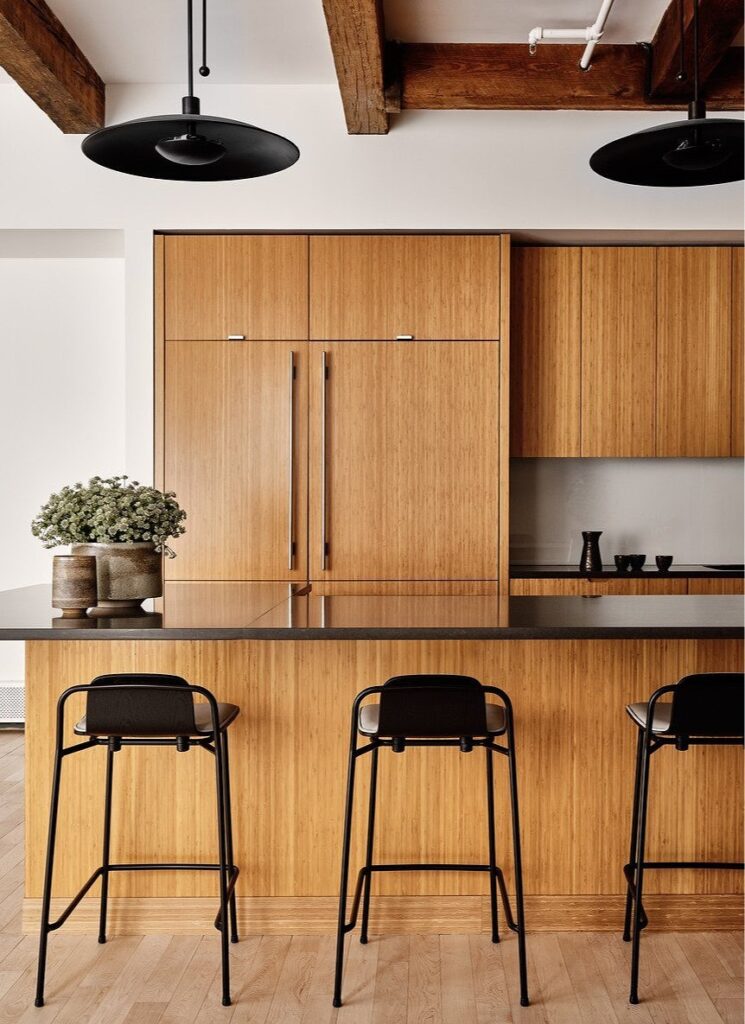
Establishing harmony and balance
As mentioned before, while creating a home, interior design pays careful attention to balance and harmony through principles such as symmetry and proportion. This consists of arranging furniture and décor in a way that creates a visual equilibrium, for example by balancing large, dominant furniture with a complimentary item on the opposite side of the room to maintain a sense of balance. Meanwhile, harmony turns our attention to details such as the colors, materials, and textures of all elements to ensure that they all work together cohesively. This is easier to do when you have a theme in mind that is reinforced by a consistent color palette and balanced contrasts in materials like plush textiles and sleek wood; thus guiding our gaze through an interior basked in a congruous rhythm.

Emphasizing comfort
Ultimately, the most essential aspect for a home is the presence of comfort, either through relaxing furnishings or soft lighting that accentuates a desired mood and atmosphere. In this case, it is worth investing in quality sofas, chairs, and bedding that offer the right support and long-lasting coziness. Moreover, not only do features such as plush cushions and soft tactile fabrics like cotton, velvet, or linen help create this sensation; comfort can also be the result of strategic furniture arrangement that promotes conversation, interaction, and a sense of connection. This serves as a helpful reminder that feelings of warmth and well-being are reflected in homes, both visually and physically.

Reflecting a lifestyle
Interior design is not solely dictated by trends and aesthetics; firstly and most importantly, it is a matter of lifestyle. Therefore, a home’s décor must also follow one’s unique needs, for instance, by creating functional and inspiring home office spaces with ergonomic furniture for those who work from home frequently. If you love cooking, this also translates into a well-equipped kitchen with a spacious dining area that accommodates guests comfortably. At the same time, a home that adheres to your lifestyle will also make space to integrate elements that express your hobbies and passions. If you are an art-lover, you can proudly dedicate a wall space to display your curated collection for others to admire and for your own pleasure as well. Likewise, avid readers can design a cozy reading nook with welcoming seating and bookcases, or travelers can share mementos from cultural experiences and journeys.
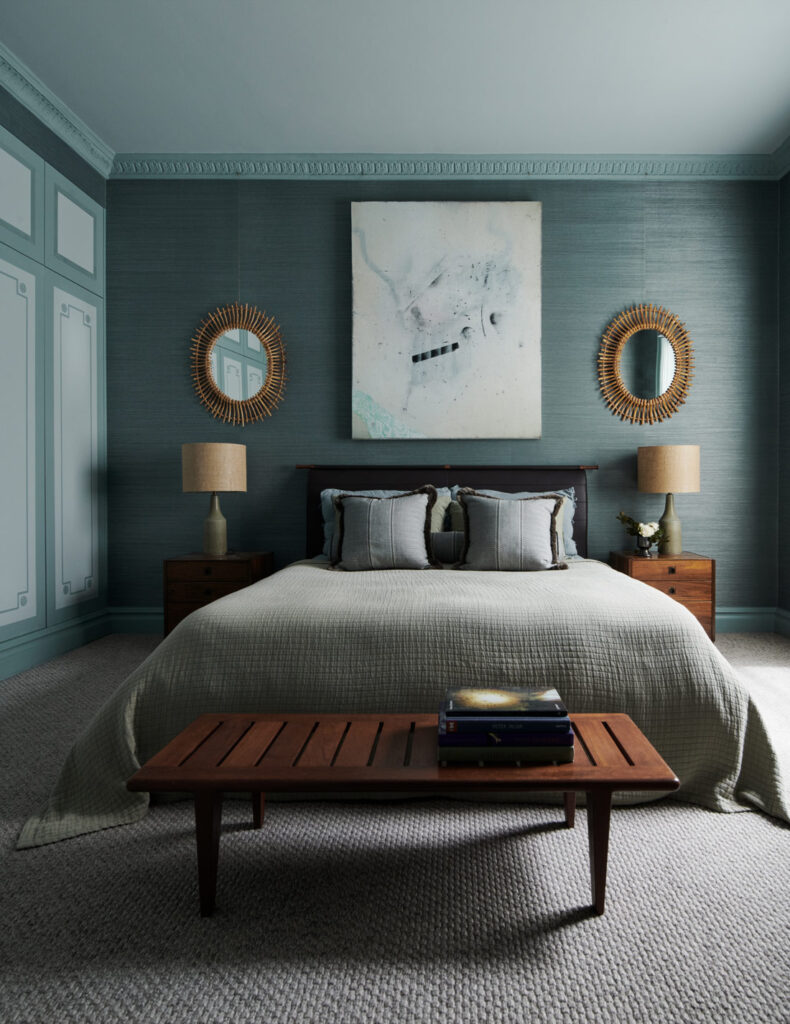
Homes as evolving entities
Ultimately, as a reflection of who you are and how you live, homes cannot remain static; they are just as bound to change as the humans that inhabit them. Therefore, we must leave some room for versatility and adaptability in our design choices to ensure that our homes will grow alongside us and keep protecting and stimulating our minds. While arranging the space you will call your new home, remember to stay open to exploring new design trends and ideas as they emerge in the future, and periodically assess how your interior can align with your evolving tastes and lifestyle.
